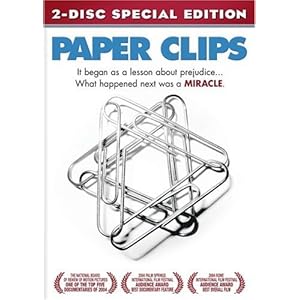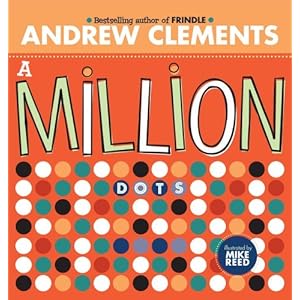If you read the first edition of The Real Anne Frank, you will remember my frustration with the Goodrich/Hackett and Kesselman texts. In short, that which makes Anne of the real diary so compelling never seems to surface. You'll also remember my excitement over the BBC miniseries.
This year I decided to mesh the two and add in a bit from the 1959 play. This should work for you in classes where students read at or above grade level. You will need to simplify it further for students who are are struggling readers.
In short, I introduced Anne by way of the BBC. We watched the miniseries up to the point of the bathing scene. I chose 10 of Anne's early diary entries for students to read, focusing on identifying conflict. Students wrote a friendly letter to Anne offering advice on navigating her personal relationships with her family and the VanPels. 10 more entries were selected for a vocabulary exercise. Each entry also represented an important plot point. Students then used our laptop lab to visit the Secret Annex.
We read the play from the cake scene to the date scene, because it's middle school. Kids love the big date. Okay, maybe I love it more. That awkward first kiss is exactly the type of romance that some teenagers need to see, so they can relax a little. This is the moment in the play when students really see themselves and their friends. After this scene, writers draft a journal entry that Peter could have created to sum up the evening's experiences.
You may have also read the two sentence journal blog entry. That's what we did with the last 10 teacher-selected diary entries. Again, I chose 10 diary entries with important plot points. The students stepped into Anne's point of view, determined the most important topic of the entry and condensed it into two sentences, capturing Anne's voice.
We then returned to the end of the play. Students read Anne's real last diary entry. I read aloud from Miep Gies's account of the capture and the return of Mr. Otto Frank to the Annex.
Students spent a second session with laptops to Google questions that still lingered. I also provided a list of 20 names, places and events related to World War II and the Holocaust for additional research.
For the duration, I kept a variety of books on related topics in the room for students to peruse during independent reading time. Sneetches, Yertle the Turtle, Maus, and this year I added Andrew Clements's A Million Dots. No, it's not really about the Holocaust, but you've probably figured out where I'm going with this. By the end of Clement's picture book, you will have seen, yes, a million dots. Imagine that each dot is a person's life. Multiply the dots by at least six. It helps quantify the incomprehensible.
Throughout our Anne Frank unit, students read M.E. Kerr's Gentlehands independently. When they were finished, they wrote a paper in which they argued whether Grandpa Trenker was a static or dynamic character using support from the text.
Soon we will most likely watch Paper Clips for another perspective, but that's probably another blog entry.



No comments:
Post a Comment